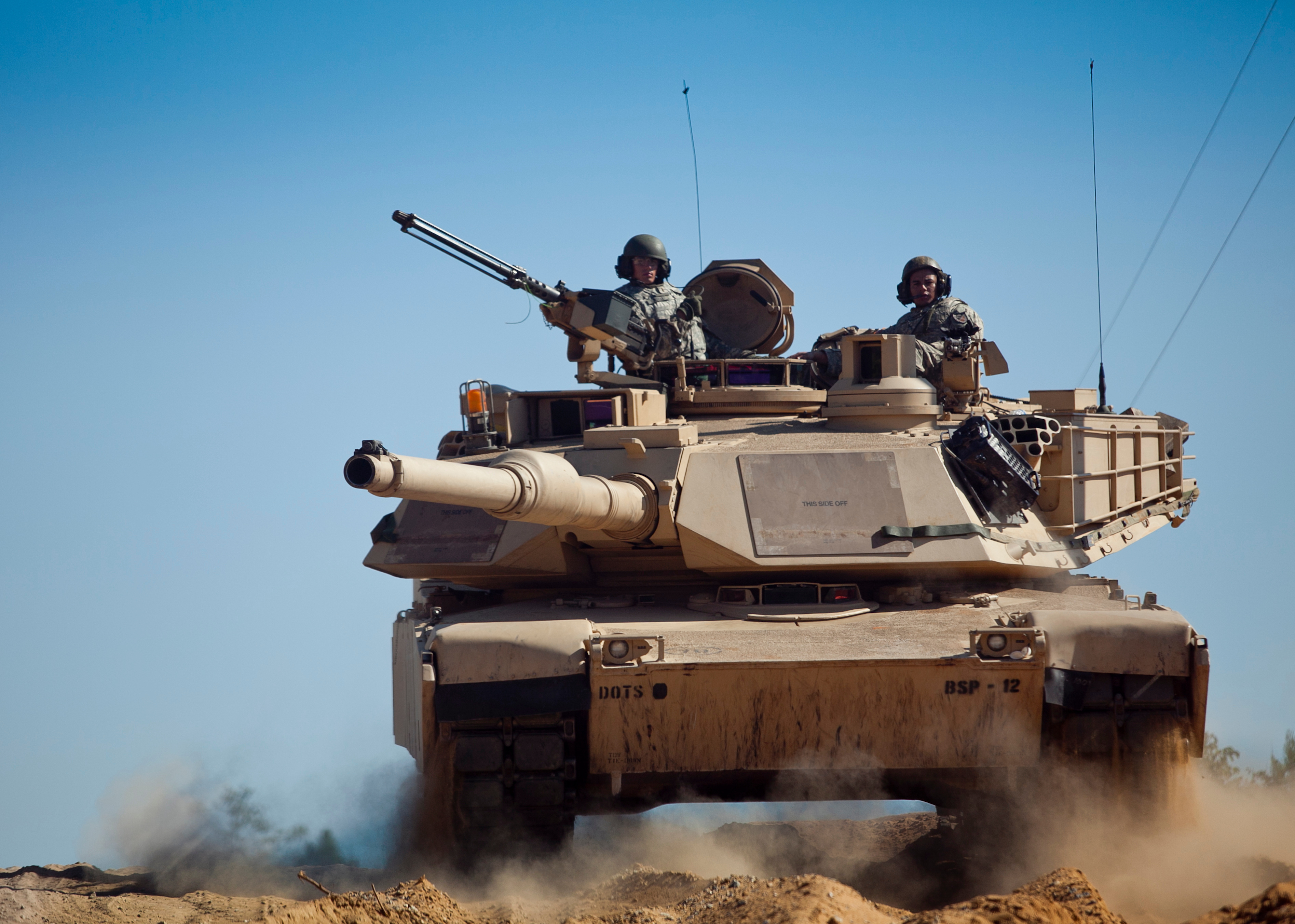Relocating the U.S. Army Armor School from Fort Knox, Kentucky, to Fort Moore, Georgia
At Mason & Hanger, designing firing range and training facilities for the United States Government (USG) worldwide is one of our niche design services. For nearly two centuries, we have been a trusted partner for the U.S. Department of Defense, with our primary clients being the U.S. Army Corps of Engineers (USACE) and the Naval Facilities Engineering Systems Command (NAVFAC). We take pride in designing secure, mission-driven training facilities that are sustainable, innovative, efficient, and built to last.
Our team of architects and engineers, along with our client U.S. Army Corps of Engineers, Savannah District, designed the infrastructure for Fort Moore’s (formerly known as Fort Benning) Training Area in Columbus, Georgia. At that point in time, it was our largest task order to date. The primary purpose was to help relocate the U.S. Army Armor School from Fort Knox, Kentucky, to Fort Moore, Georgia.
The U.S. Army states that the relocation joined both their Armor School and Infantry School together to form the Maneuver Center of Excellence. The move supported a transition to a ‘live and train together’ military model, supporting a major base realignment.
Environmental Challenges on a Large-Scale Project
The size and scale of this project made it unique compared to projects we had worked on before. Located in four different training areas, consisting of thousands of acres, this was a major project undertaking from a land development standpoint. Our team had to balance the environmental constraints in the area, making a sustainable solution that the U.S. Army could use for decades to come. Environmental factors included wetlands, stream buffers, and the endangered red-cockaded woodpeckers that like to make their home in the local pine trees.
The training area was heavy horizontal infrastructure development. The initial training area included more than 130 miles of new tank trails, 309 water crossings, 35 low water crossings, and 125 concrete turn pads. We designed a host of support buildings for Abrams Tank maintenance and training classrooms.

The training areas involved a multitude of firing ranges to support the Abrams Tank and infantry. All considerations for the Abrams Tank had to be accounted for, especially with the environmental challenges in mind. Fort Benning has sandy soil which are highly susceptible to erosion, especially when you introduce a 62-ton tank with tracks out in the landscape.
This design pushed us as designers and civil engineers to develop the most efficient pavement sections balancing cost and life cycle. As the area encompassed thousands of acres, numerous pavement sections had to be designed for varying soil conditions. To reduce the overall pavement section, required aggregate and to lower costs, we introduced geogrids that would balance the concentrated loads that would be supporting the Abrams Tanks. We used a steel reinforced high density polyethylene (HDP) pipe, which was new at the time, instead of the typical RCP concrete pipe. The steel reinforced pipes allowed us less coverage over the pipe while handling the vehicle loads, minimizing both material and installation costs. The uniqueness of the design and challenges overcome by the design team resulted in the project being awarded a Grand Award from the American Council of Engineering Companies (ACEC) of Kentucky.
Our design team coordinated with the U.S. Army to understand what was needed from a training standpoint and what was constructable for the allotted construction program.
Fort Moore Today
According to Amazing Columbus, GA, Fort Moore is the training center for maneuver Soldiers. The installation trains more than 44,000 Soldiers per year in armor, reconnaissance, and infantry courses. The military base covers 285 square miles with 300 training areas, four impact areas, 49 training facilities, 80 active live fire ranges, and four simulation centers. There is approximately 17.5 million square feet of facilities on the installation — not including the almost 4,000 housing units.
DID YOU KNOW?
The U.S. Army states, “of Fort Benning's 182,000 acres, approximately 12,500 acres are cantonment area, 16,000 acres are dudded impact areas (designated areas where ordnance that produces duds can land), and 13,000 acres encompass 83 live fire ranges and their associated exclusion areas. In addition, the safety buffers associated with surface danger zones on the live fire ranges regularly restricts access for training on approximately 62,000 acres of non-dudded training areas (designated areas containing non-explosive munitions). The remaining 78,500 acres support both mounted and dismounted maneuver for armor and infantry training.”
The Fort Benning Training Area Infrastructure Project is a great example of what we do here at Mason & Hanger. It put us to the test in balancing site constraints, environmental restrictions, and staying within the available project dollars. It was a unique project that gave us a direct opportunity to support America’s warfighter, which in turn speaks directly to our mission statement of Building a More Secure World®.



